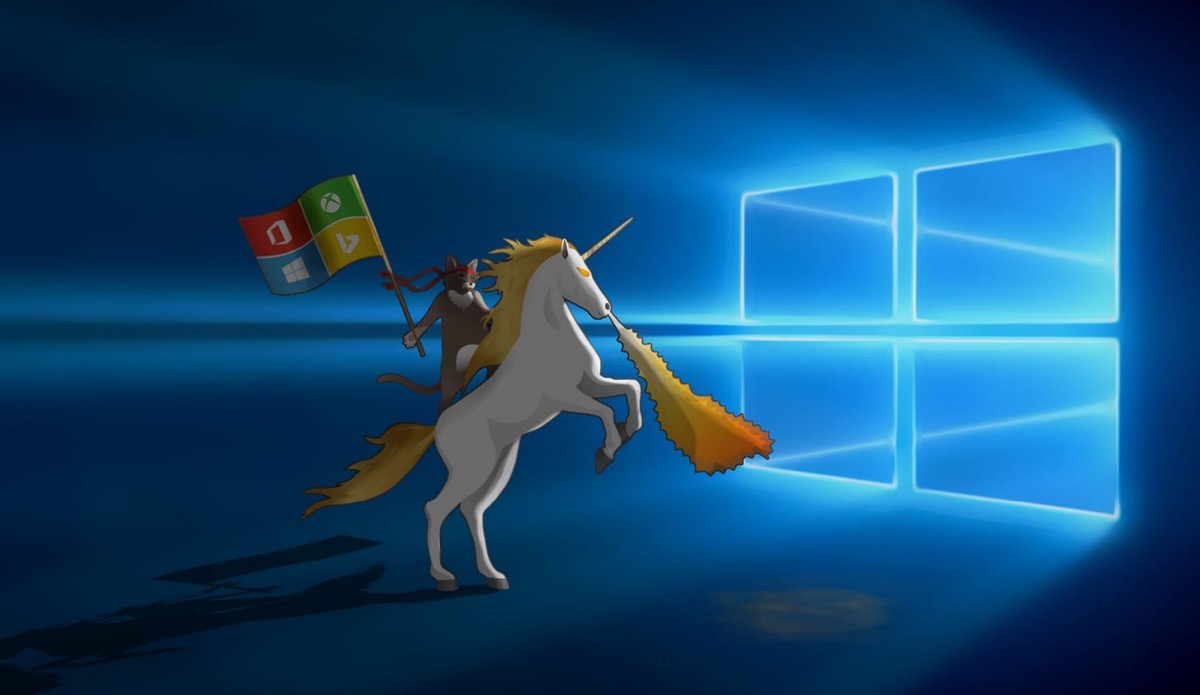- Apple Online Backup
- Apple Backup Device
- Apple Backup System Reviews
- Apple Backup System Restore
- Apple Restore From Backup
An option would have been to first partition the external drive using Apple's Disk Utility with two partitions: one for the Mac and one for Windows/PC. Then you could the same drive for both platforms.
However, that might not be best option. It would be best to dedicate an external drive exclusively to Time Machine. This would mean you would have to backup incrementally unless you have available ports that you can dedicate to each drive (depending on the external drive being either firewire or USB.) If you can dedicate a drive to a port, the Time Machine drive will back up per its settings automatically. Not sure what you're using to backup the Windows side.
Since you mention you have a MacBook Air, its uncertain how you're connecting as the Air has no USB or Firewire ports.
Sep 16, 2010 2:03 PM
For example, while you can view your iPad backup from your iPhone, you can choose which iPad content to back up only from the Settings menu of your iPad. On a Mac with macOS Catalina 10.15 or later: Choose Apple ( ) menu System Preferences. On a Mac with macOS Mojave 10.14 or earlier.
Let's get this out of the way first — iTunes doesn't provide any built-in means or settings to change your default backup location. And judging from the recently released iTunes Windows Store app, that likely won't happen anytime in the near future either.
Apple Online Backup
Not good news if you use a low capacity SSD for your operating system and a larger hard disk drive for other purposes. However, don't give up hope just yet.
If you are ready to deal with a few old-fashioned commands, then tricking iTunes into backing up your iPhone or iPad to a different partition or drive is more than possible. And even better, your archived backups can be easily moved to the newer backup location as well.
Time Machine is a backup software application distributed as part of macOS, desktop operating system developed by Apple.The software is designed to work with AirPort Time Capsule, the Wi-Fi router with built-in hard disk, as well as other internal and external disk drives. A Network Attached Storage device can provide shared storage, a Time Machine backup target, and additional useful features for Mac, iPhone, and iPad users on a local area network — and beyond.
So if you ready to free up some space on your primary storage device, then let's get started!
Note: The following steps focus on both the desktop and Windows Store versions of iTunes. Certain steps differ slightly for each version, so make sure to pay close attention. Also on Guiding Tech #itunes Click here to see our itunes articles pageFooling iTunes with Symbolic Links
To get iTunes to start backing up to a completely different location, you'll make use of Windows 10's native symbolic linking functionality — hence, no third-party apps required. Symbolic links let you point to a specific location from another — consider it a wormhole of sorts, where any files that are added are in fact copied directly to the linked location.
But before you do that, you need to create a new folder for your potential backup location, and then proceed with locating the existing backup location — the desktop and Windows Store versions of iTunes use different locations, which adds an element of complexity to the procedure.
Note: You shouldn't have a problem using a removable hard disk drive as your new backup location. However, it's not recommended that you use a flash drive due to the unreliable nature and other compatibility issues associated with the storage medium.Step 1: Create a folder for your new backup location. While this step shows a folder labeled New iTunes Backup created within the root of partition D, you can practically create it at any location you want.
However, do remember to modify the file path as appropriate when creating the symbolic link later.
Step 2: Press Windows-R to open the Run box.
If you are using the desktop version of iTunes, type the following into the search box:
%APPDATA%Apple ComputerMobileSync
https://ameblo.jp/omvopanad2/entry-12652176758.html. If you are using the Windows Store version of iTunes, type the following instead, but make sure to replace C with the correct drive letter of your primary Windows 10 partition, and [USERNAME] with your Windows username:
https://torrentspin.mystrikingly.com/blog/iffmpeg-5-5-4-download-free. C:Users[USERNAME]AppleMobileSync
Once you're done, click OK. Making music with macbook pro.
Step 3: A File Explorer window should now open the iTunes MobileSync directory automatically, and you should see a folder labeled Backup listed within — this is the default location that contains your backup folder and other archived backups.
But before proceeding with the symbolic link, you need to rename this folder to avoid any conflicts. To do that, press F2 — or FN-F2 — and name it to Backup.old. You'll get back to this folder later to copy the existing backups to the new location, so don't worry.
Step 4: Hold down the Shift key, and then right-click a vacant area within File Explorer. On the context menu that shows up, select Open PowerShell Window Here. Windows 10 should now launch PowerShell.
Step 5: Depending on your version of iTunes, enter the following command line into the PowerShell window. Note that it has the new backup location included at the end of the line, so do make the necessary adjustments to the file path if yours differ.
If you are using the desktop version of iTunes, type:
cmd /c mklink /J '%APPDATA%Apple ComputerMobileSyncBackup' 'D:New iTunes Backup'
If you are using the Windows Store version of iTunes, type:
cmd /c mklink /J 'C:Users[USERNAME]AppleMobileSyncBackup' 'D:New iTunes Backup'
Once again, make sure to replace C with the drive letter of your primary partition, and [USERNAME] with your Windows username.
Note to Advanced Users: If you were wondering, the reason why you start off with cmd /c lies due to the fact that PowerShell doesn't support mklink /J commands. Hence, cmd /c lets you create the symbolic link via an older command shell.Step 6: Press Enter to execute the command. If you did everything properly, a new folder named Backup should show up within the MobileSync folder.
The folder looks like a shortcut, but unlike a normal shortcut, you can access it just as you would a normal folder.
However, anything that you paste into this folder should also show up in your new iTunes backup location, and that's what we're going to do next.
Note: You can now exit the PowerShell window.Step 7: Head into the Backup.old folder, and cut and paste the contents within it to the automatically generated Backup folder.
Note that it'll take a significant amount of time since your files are being actually copied to the linked location.
Note: It would appear as if your files are present in both the Backup folder and your new backup location, but in reality, the files are stored only within the latter — hence, no disk space is taken up on your primary partition.Apple Backup Device
Step 8: You've got your old backups in place, and now it's time to create a new one from scratch to find out if iTunes handles things properly.
Simply connect your iPhone or iPad to your PC, launch iTunes, and get to the Summary tab of your device. Now, select the radio button labeled This Computer, and then click Backup Up Now.
After the procedure finishes, visit your new backup location and you should see your main backup folder updated — check the timestamp.
When looking to restore your iPhone or iPad, iTunes detects your backup, including any archived backups, with no issues. Apple latest os for imac.
Cool, right?
Note: If you used a removable hard disk drive for the new backup location, do remember to connect it whenever you want to back up or restore your iOS device. And if you use multiple removable devices on your PC, make sure to connect the drive in an order where it represents the correct drive letter used for the symbolic link.Removing the Symbolic Link
If you want to remove the symbolic link for some reason or another, you need to execute another command via PowerShell. This process deletes the Backup 'shortcut' folder that was generated automatically earlier, but your backups at the new backup location are safe and won't be deleted.
Depending on your version of iTunes, get to the MobileSync directory and launch PowerShell with the Shift key pressed. Once inside, run the following command:
cmd /c rmdir D:New iTunes Backups
Change the file path at the end of the command line as required to point to your new iTunes backup location.
Press Enter to remove the symbolic link. Afterward, manually create a new folder within the MobileSync directory, name it to Backup, and then copy back your older backups from the previous backup location. Things should be back to the way as they were supposed to from now on.

How Did It Go?
Apple ipad pro 2018 wikipedia. iTunes really should've given us an option to change the default backup location. Considering that newer iOS devices have well in excess of 50GB of storage, it's just common sense to offer users such convenience.
While Apple may eventually release an updated version of iTunes that provides the functionality, symbolic links should help you out for now.

How Did It Go?
Apple ipad pro 2018 wikipedia. iTunes really should've given us an option to change the default backup location. Considering that newer iOS devices have well in excess of 50GB of storage, it's just common sense to offer users such convenience.
While Apple may eventually release an updated version of iTunes that provides the functionality, symbolic links should help you out for now.
So how did it go? Ran into any hiccups? Do let us know in comments.
The above article may contain affiliate links which help support Guiding Tech. However, it does not affect our editorial integrity. The content remains unbiased and authentic.
Apple Backup System Reviews
Read NextHow to Create Ringtone from Any Track on iPhone For Free Without iTunesAlso See#backup #itunesDid You Know
Apple Backup System Restore
Brian Eno is the brain behind the famous Microsoft sound.

